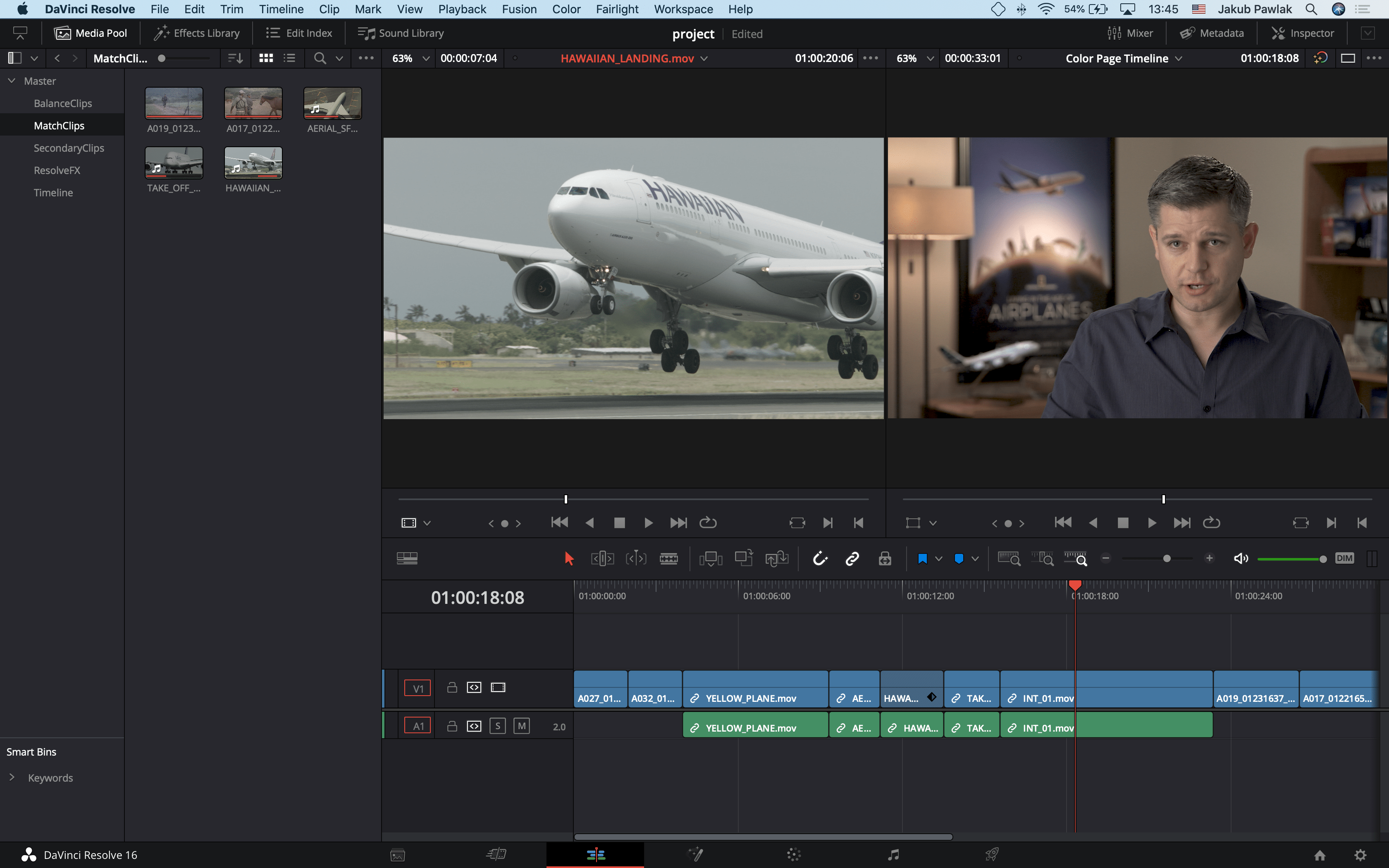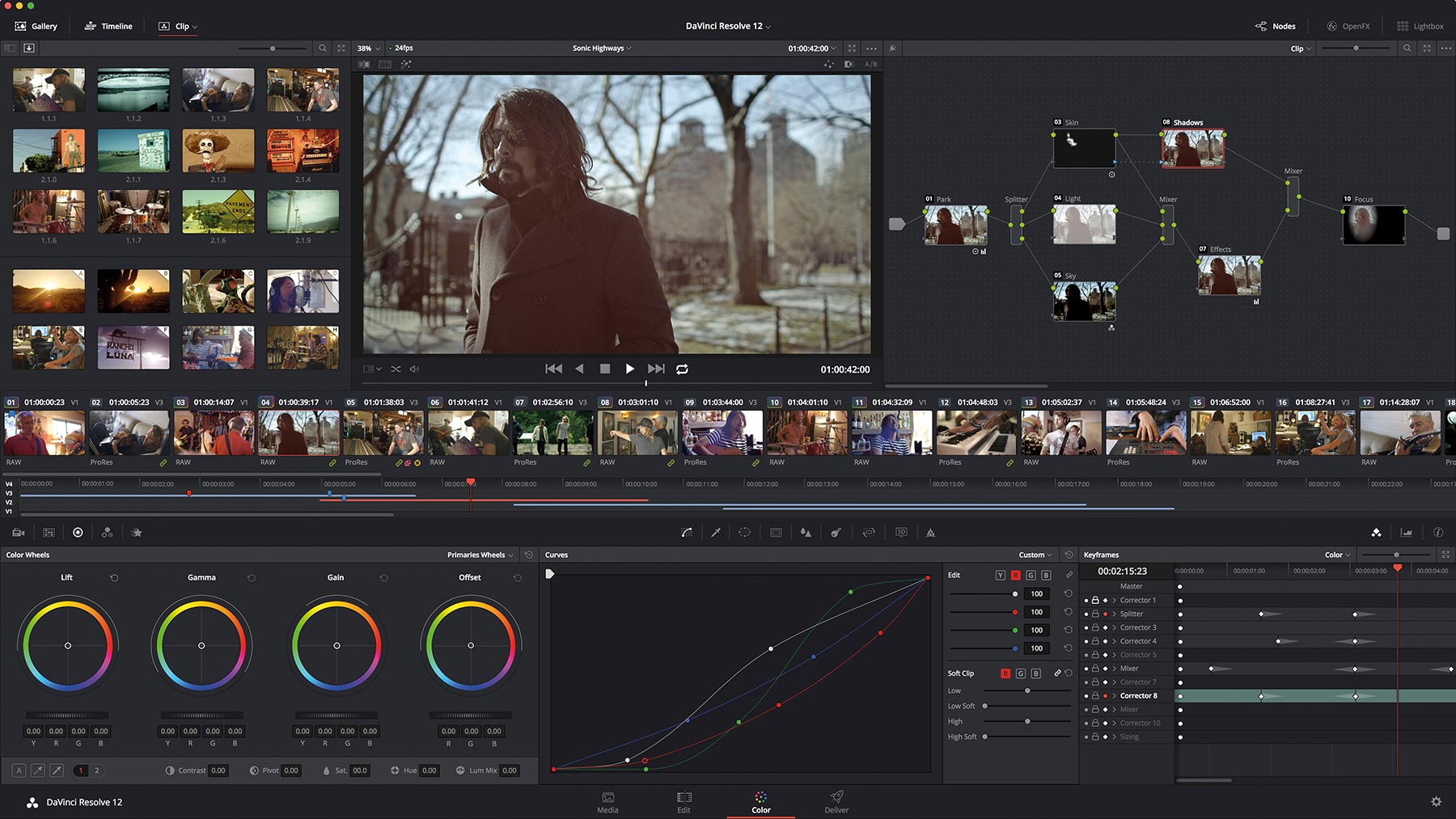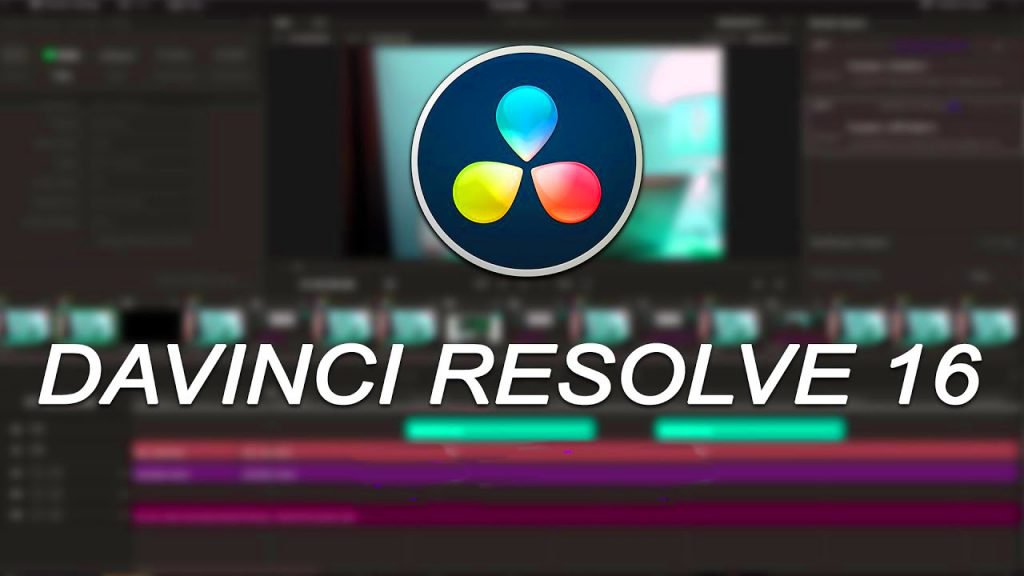
Before we get to the business end of what’s the difference between the free and studio version of DaVinci Resolve, it’s worth looking at its evolution.Hollywood’s most powerful tools for professional editing, color correction, audio post and visual effects!ĭaVinci Resolve 18 is the world’s only solution that combines professional 8K editing, color correction, visual effects and audio post production all in one software tool! You can instantly move between editing, color, effects, and audio with a single click. Around 2009 DaVinci Systems was acquired by Blackmagic design who made DaVinci Resolve their focus for development.

It was focused on color grading only and not fully featured as we know it now.Īt this point, DaVinci was still the domain of high-end film productions and very, very expensive. Soon the price dropped and development changed. Eventually, a free “lite” version for Mac was released. Suddenly this legendary color grading suite was available to anyone.ĭevelopment continued, a Windows version was released with more features continually being added while the interface was overhauled to be more user-friendly.

Then Blackmagic Design started to add more editing features, opening up the possibility of it becoming a viable video editor. Fusion was acquired and fully integrated as well as Fairlight.įrom version 14 onward, DaVinci Resolve became not only a viable editor but a full post-production suite and best of all it is free.ĭavinci Resolve became free, not just lite. It’s not a trial, it doesn’t have a watermark. It’s free and includes editing, visual effects (Fusion), audio post-production (Fairlight, a DAW) and professional color grading. DaVinci Resolve is free and has another version called DaVinci Resolve Studio that has a number of enhanced features that you need to pay $295 for.

Version 16 introduced the cut page to speed up the editing process.


 0 kommentar(er)
0 kommentar(er)
